Comecon cars keep brightening up the roads in and outside Hungary to this day – some brand-loyal owners are proudly preserving and looking after these veteran miracles, thus saving a small, car-sized portion of the good old times. The cult surrounding the Lada, IFA, Żuk or Polski Fiat models spans over multiple generations, and there’s a good story featuring these cars in almost every family.
HYPEANDHYPER’s new product collection ‘CHROMIEZ’ now showcases these iconic vehicles in a fresh and new design, with a pinch of humor.
The popular four-wheeled vehicles of the socialist automotive industry formed an important element of Hungarian streetscapes until the nineties, however, today the number of these nostalgic machines keep lessen by the day (and thus are becoming more and more valuable). Some renovated models and those preserved in their original condition are sold for seven figures or more.
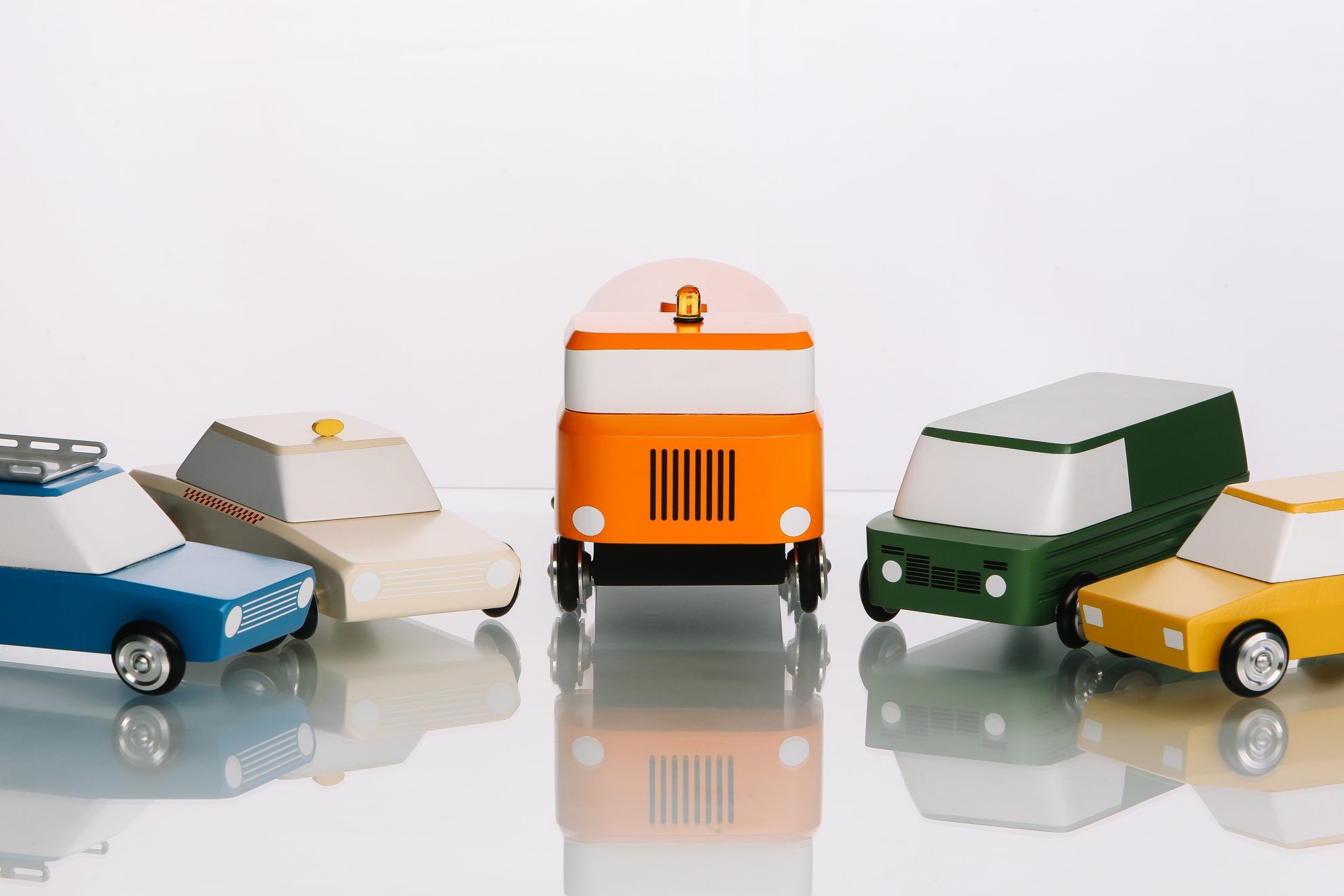
The generation growing up on Hungarian movies set in the second part of the 20th century (and boys, especially), had a special skill for finding the scenes where important vehicles of Eastern European automobile design appear. A notable example is the movie ‘Dögkeselyű” from 1982, where the audience can see György Cserhalmi rushing through the city with Ladas as the unlucky cabdriver. Ferenc András’s crime fiction has everything an action-packed movie needs: grand theft auto, running amok on Kerepesi út, manhunt at night in Pest. Scenes from 30 years ago that made the ordinary vehicles of the Eastern Bloc movie stars. The cars appearing on the movie screen shaped the everyday life of generations and almost became family members. Who wouldn’t remember the typical passenger area smelling like gasoline, with the mandatory wooden bead seat covers and ornamented synthetic resin gear knobs?
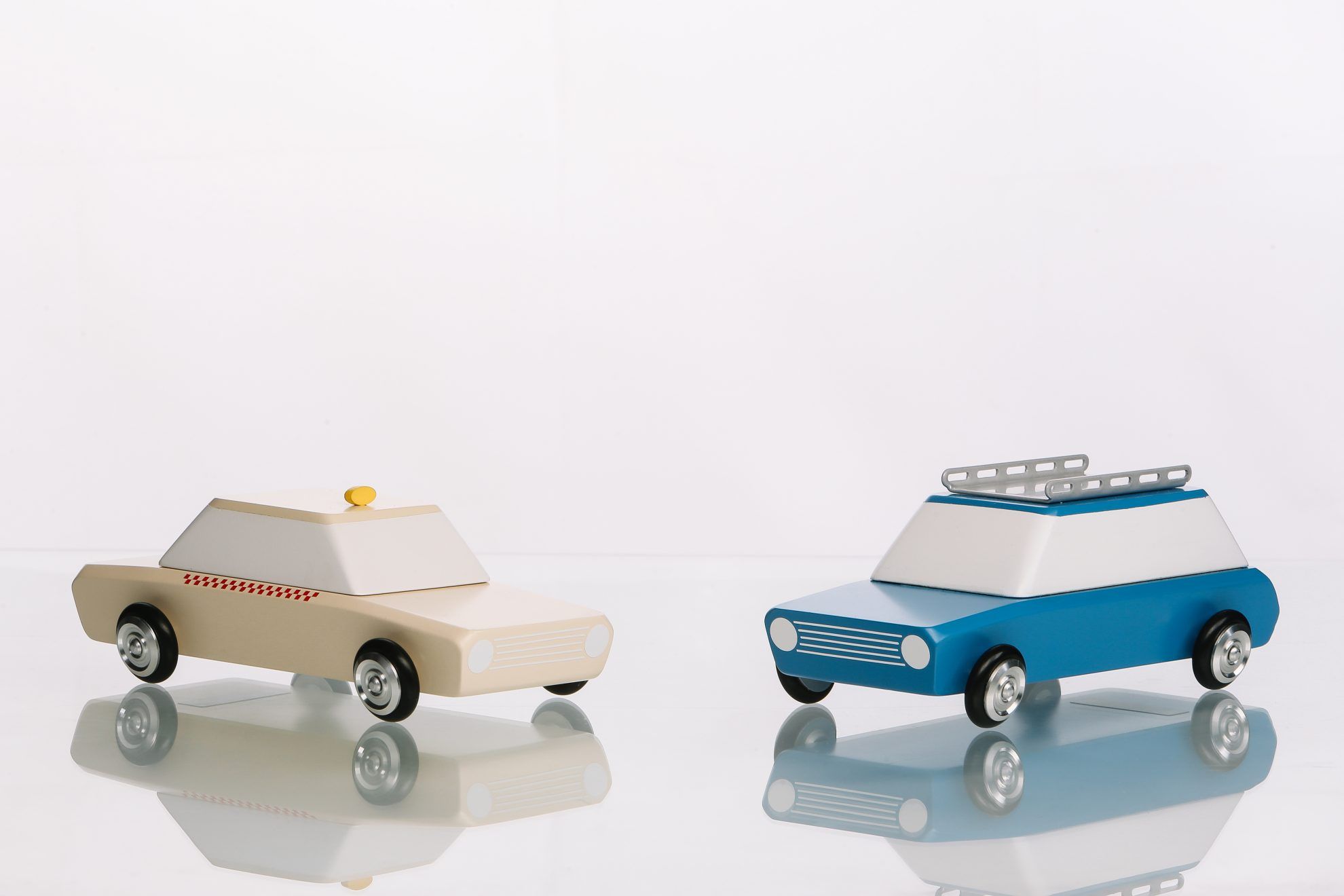
Socialist vehicles are also close to the heart of Renátó Árpás, the designer of the CHROMIEZ collection. During his university years, he founded a club with his friends under the name „Régimódi Sofőrök” (Oldschool Drivers). Part of the group cherishing old cars gave new life to old family memorabilia, while others were fixing up stylish vehicles of the time. Owing to its easy repairability and authentic character, a Zhiguli became the favorite piece of the team, a true 1200. Two white and a red Lada sedan were also very important for the members of the group, and there was a sky-blue estate wagon, which Renátó first drove after getting his driver’s license. “We dug up our parents’ italo disco cassette tapes, we sniffed at the 40-year-old faux leather upholstery, filled the tank with lead replacement, and only the bobblehead dog on the hat rack shook its head harder than us to the rhythm of the spirit of the age” – Renátó recalled.
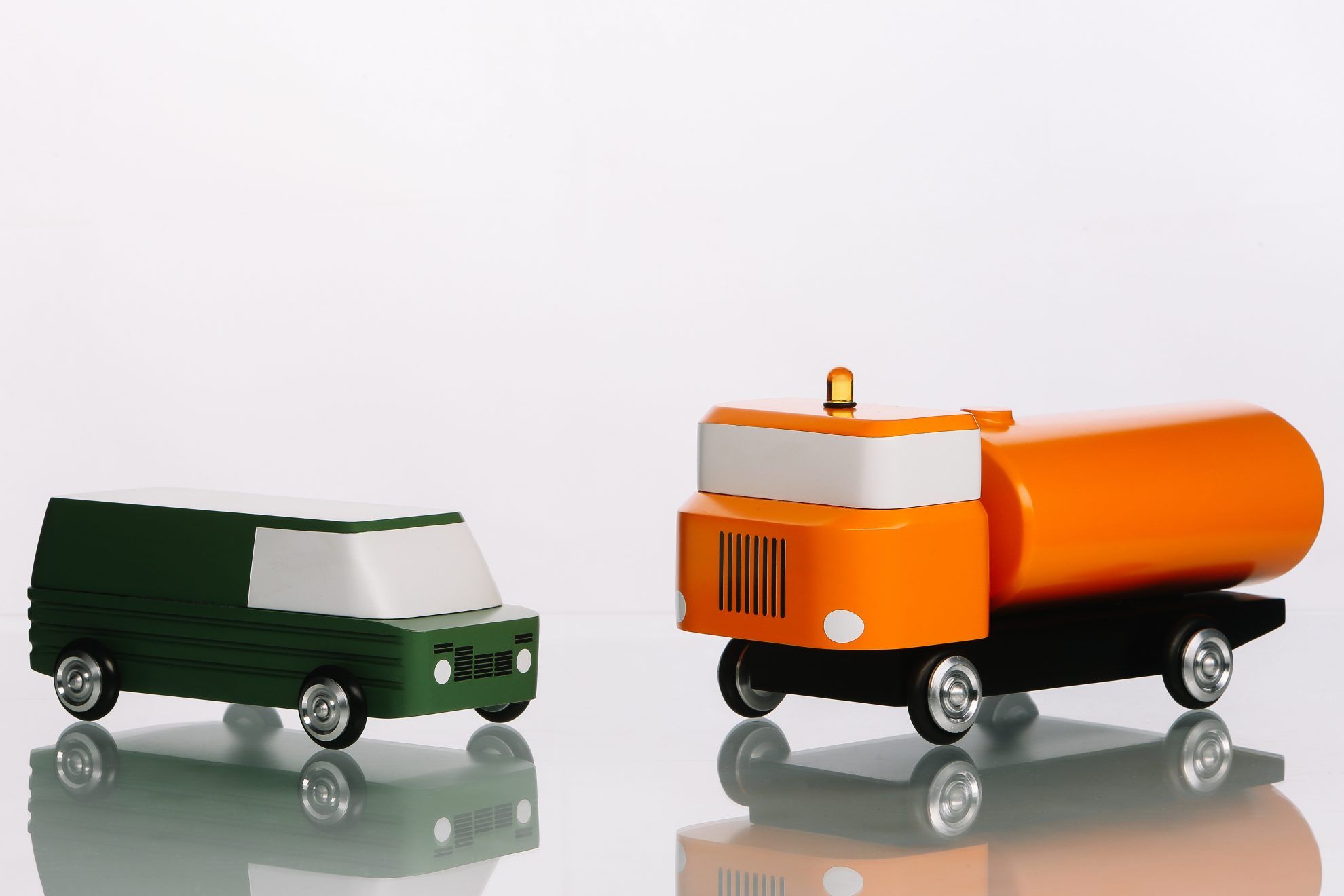
The aim of the now debuting CHROMIEZ collection is to showcase the iconic vehicle types of the Eastern Bloc – the small, limited edition wooden cars also provide an opportunity for a trip down memory lane. The brand name comes from the word ‘chrome’, which used to serve as the jewel of the cars of the era, but today it only alludes to a bygone yet once glorious era of the automotive industry. It was important from the very beginning of the CHROMIEZ collection to give new life to the emblematic cars in a contemporary format, by keeping the original shapes. CHROMIEZ featuring five automobile types – Lada Estate, Lada Sedan, Polski Fiat, IFA and Żuk – will for sure put a smile on the face of those who loved the life-size versions. And to those who are too young to know this era, the collection could serve as an interesting historical imprint, reporting about a significant period of the automotive industry.
Žiga – The family box
In 1971, the estate version of the legendary VAZ-2101 aka the Lada 1200 entered production under the name VAZ-2102. This Zhiguli proved to be more practical than its predecessor, to the greatest joy of drivers and corporations. It was used by emblematic organizations like MALÉV, the Hungarian airline, its models served in the Hungarian Police and the Fire Brigade, and of course it couldn’t avoid its destiny: the model was also a popular choice amongst cabdrivers.
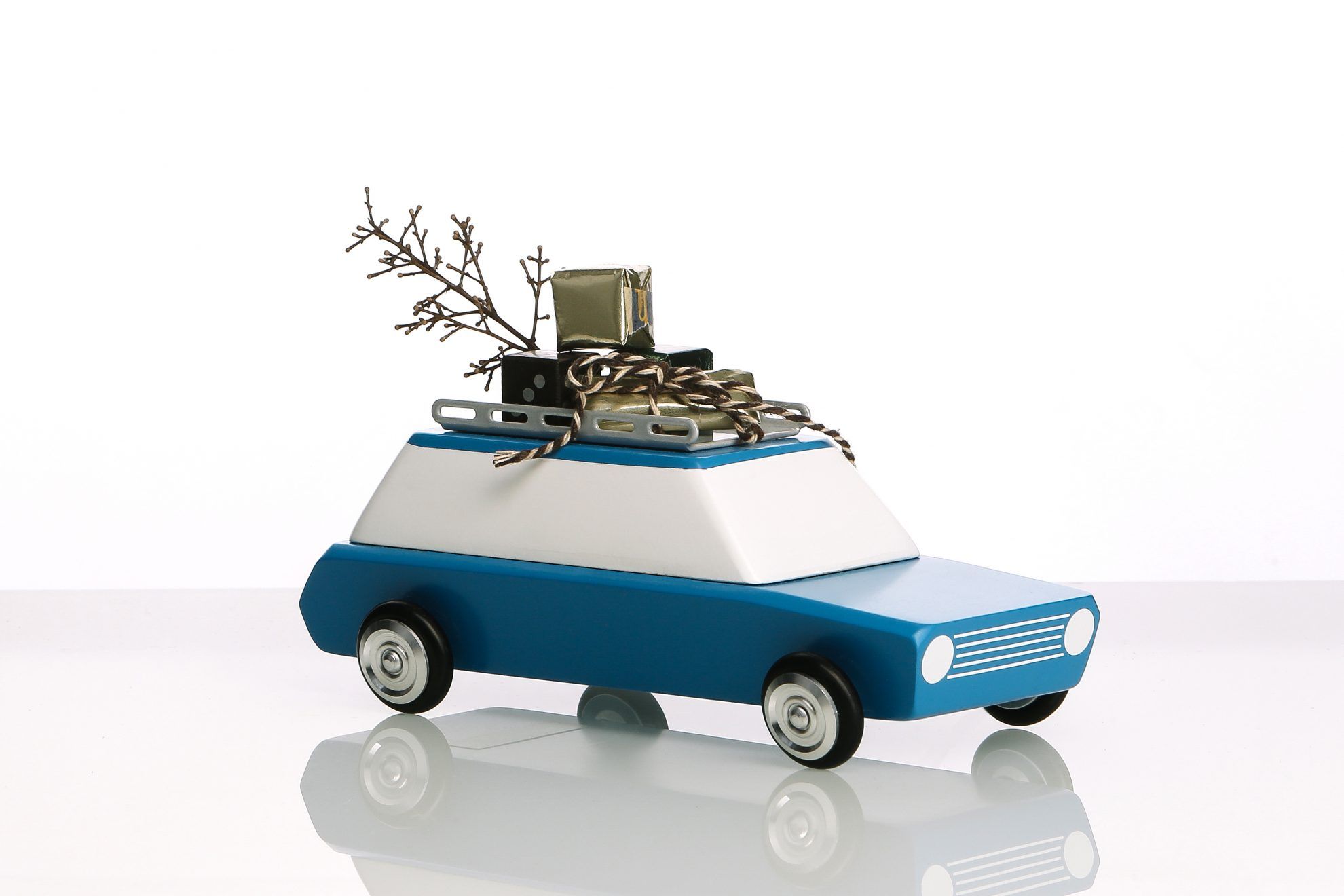
Maly – The towncar
While in the West it was the Italian Fiat Nuova 500 manufactured from 1957 that stole the hearts of car fanatics, the Polish-made Polski Fiat entering production in 1973 based on the Fiat license was the go-to vehicle of petrolheads in the Eastern Bloc. Due to its small size, the Poles called the four-wheeled vehicle ‘Maluch’ (meaning toddler), which became popular in socialist Hungary under the name “Kispolszki”. Its compact size made the Polski Fiat a lovable family car, perhaps only the similarly equipped and priced Trabant can be regarded as its one true competitor.
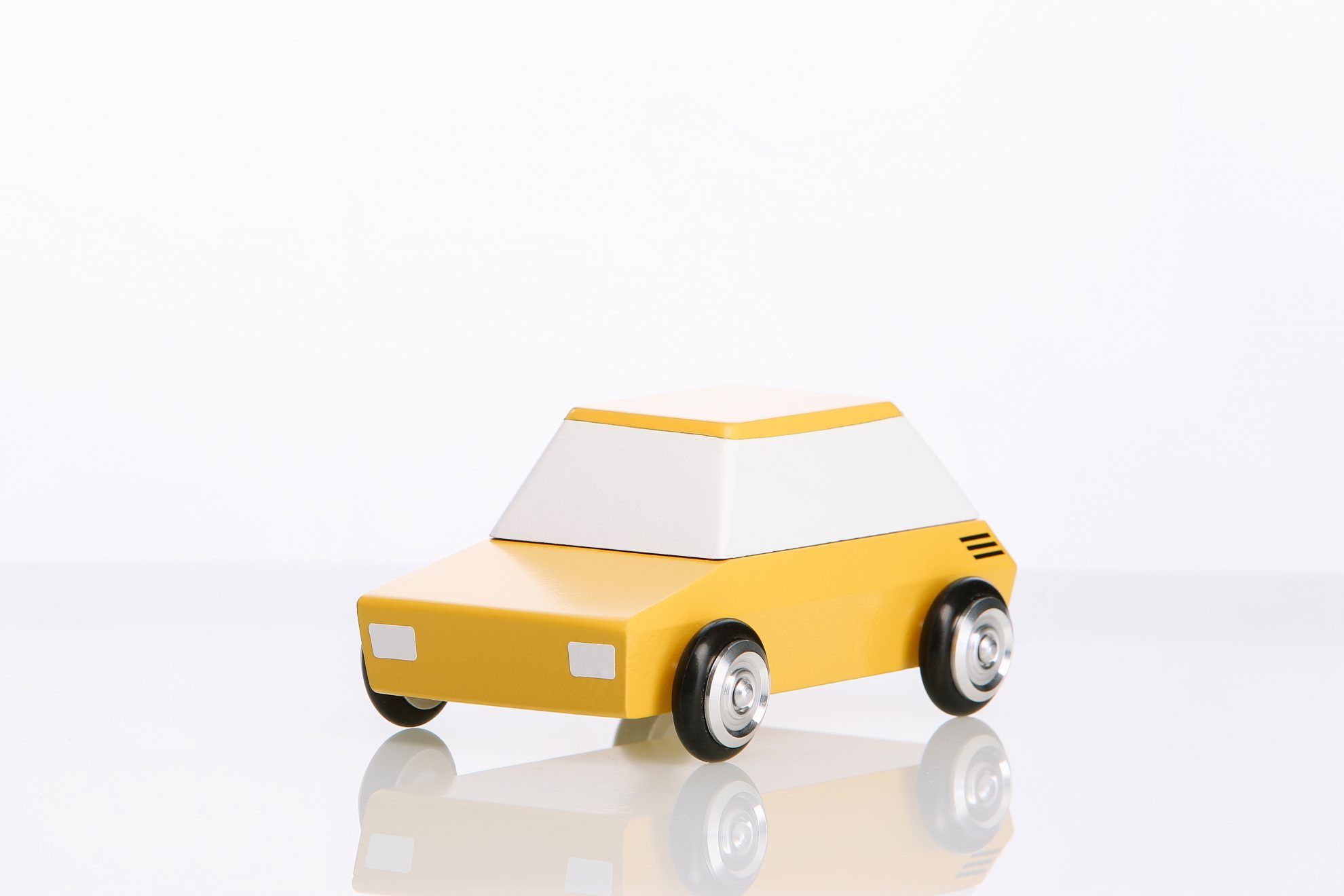
Werdy – The maintenance whale
The popular models of the socialist automotive industry also include the iconic IFA W50, primarily calling attention to itself with its size and exceptionally high carrying capacity. The lovable monster had a carrying capacity of approximately 5 tons, but the resourceful workers often doubled the load, at least according to urban legend. The durable truck working perfectly on various terrains could be recognized by its typical, many times deafening engine sounds and terrible suspension. In Hungarian common parlance, the IFA was most frequently referred to as the “szippantós” (a nickname for sewage trucks), as this vehicle used to carry the sewage from undeveloped plots. In addition to the sewage collection version, the model also had fire department, tipper, sheeted and garbage versions.

Žiga express – The golden cab
In 1970, the first Lada 1200 aka the VAZ 2101 came off the assembly line in the city of Tolyatti in the USSR, and instantly changed the streetscape of the Eastern Bloc. Just like most socialist vehicles, the Lada 1200 also took its time to arrive: in Hungary, the first owners could take their new Lada 1200 for the first ride in June 1971. The iconic four-wheeled vehicle became popular as the Zhiguli in Hungary, and thanks to its reliability, practicability and comfort, it soon became the preferred vehicle of cabdrivers on the busy roads of Budapest.
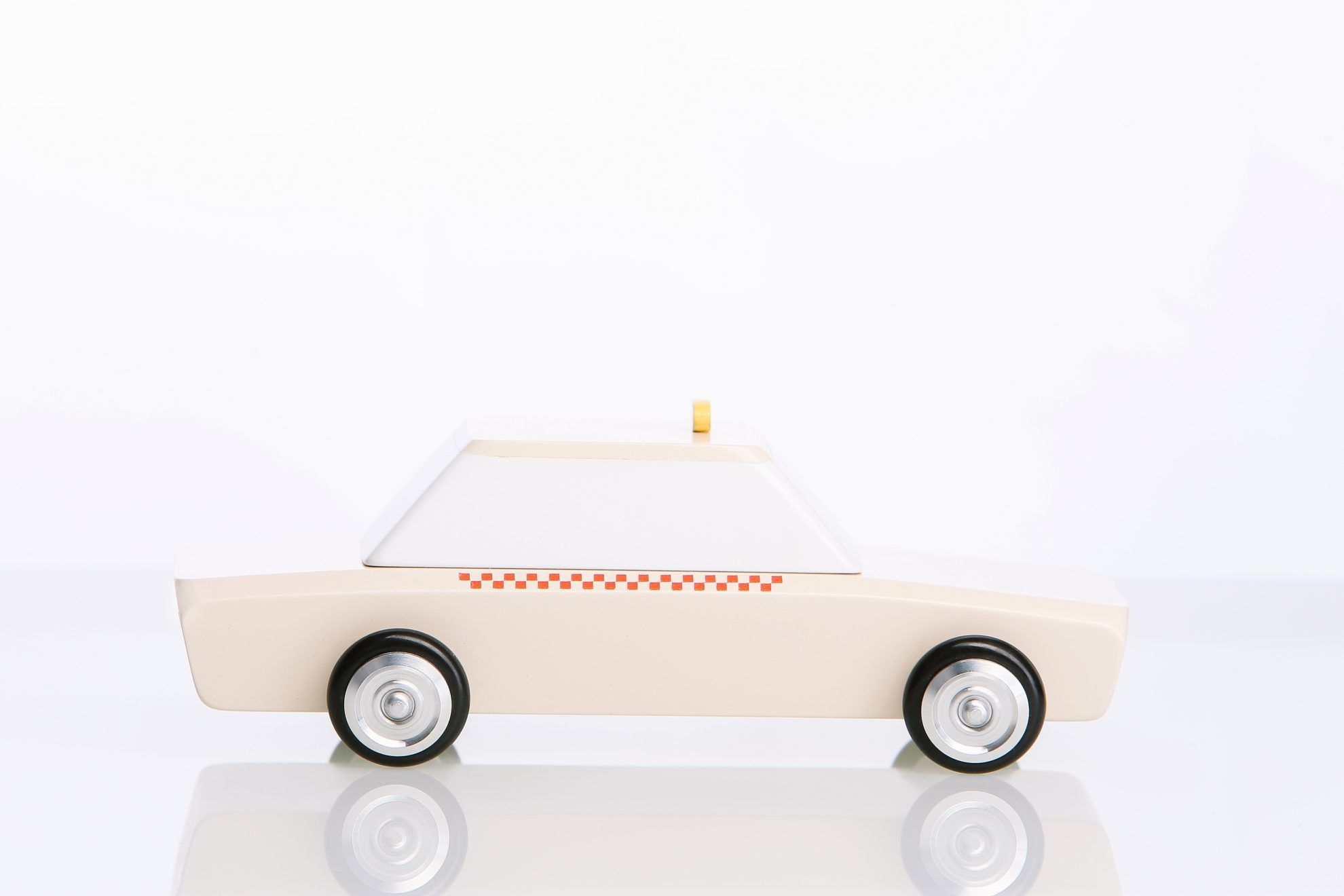
Lubly – The workhorse
We cannot only thank our Polish friends for the Polski Fiat, but for the boxy Żuk, too. On top of that, the ambulance vehicles used by the Hungarian Ambulance Service between 1960 and 1987 were also produced in Poland, in a car factory called Nysa. The practical Żuk was a popular choice amongst entrepreneurs, craftsmen and small producers, and was even used by the Fire Brigade. The same as with many other cars produced in the socialist era, inventive Hungarians transformed the Żuk, too: they replaced the original three-gear gearbox with a four-gear one, and in many cases transformed the car into a pickup truck by “cutting” the boxy trunk (despite the fact that the model had a pickup version).

The miniature, custom designed automobiles envisioned by HYPEANDHYPER were made in the workrooms of Hungarian craftsmen, with care, expertise and love. The various car models are available in limited quantities, and each of them comes with a unique identification number. Timeless gifts, which could be the perfect accessory on anyone’s desk or bookshelf.

In addition to the wooden cars, HYPEANDHYPER’s team also prepared special, numbered prints: László Bárdos, the designer of the popular Budapest-themed posters also captured the fascinating vehicles on graphics. On top of it all, in line with the collection’s name, the printed cars come with a nice, chromy gleam! The posters and the wooden cars are already available in HYPEANDHYPER’s online store!
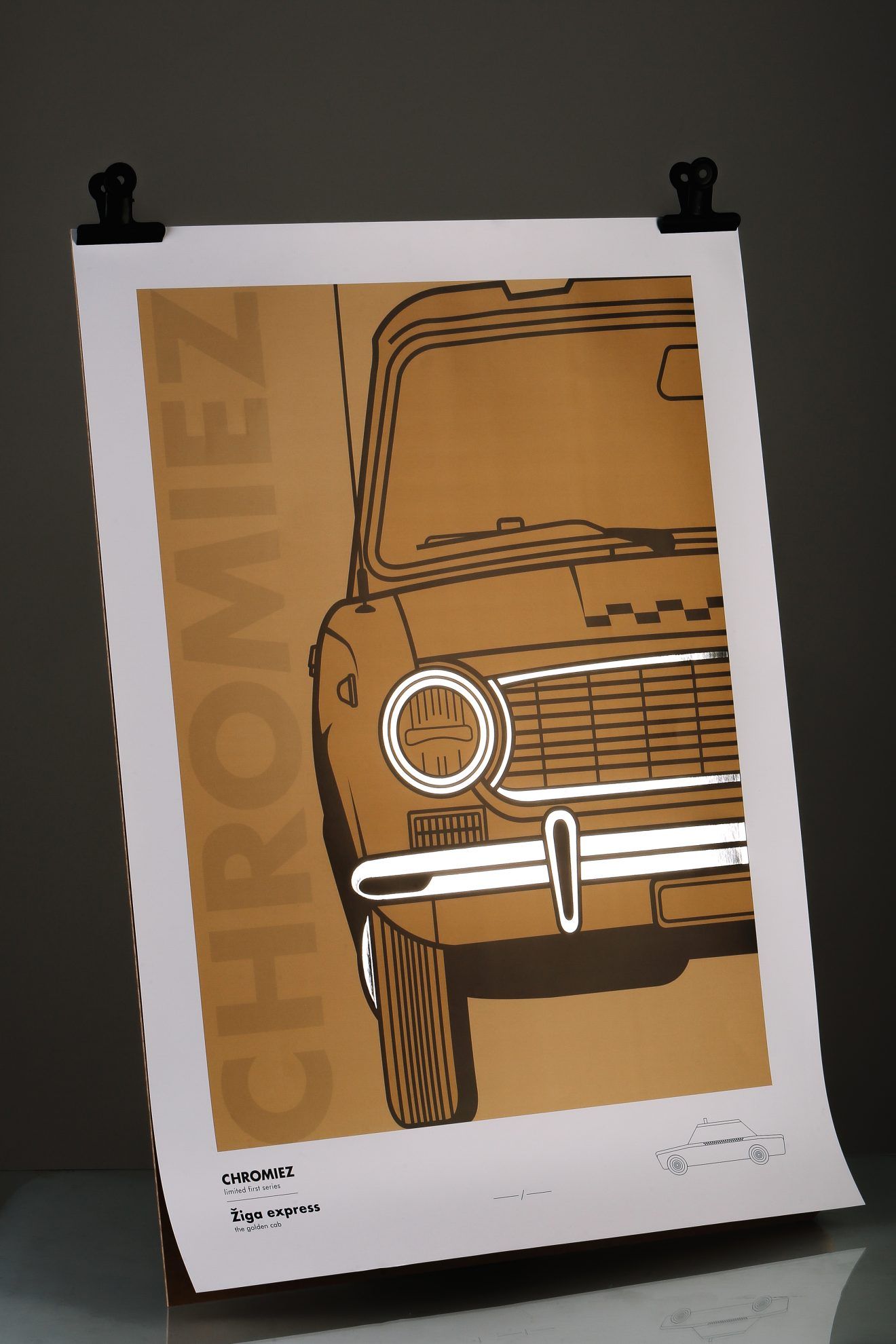

CHROMIEZ
Click on the name of the car and head to our online store right away!
Žiga – The family box
Maly – The towncar
Werdy – The maintenance whale
Žiga express – The golden cab
Lubly – The workhorse
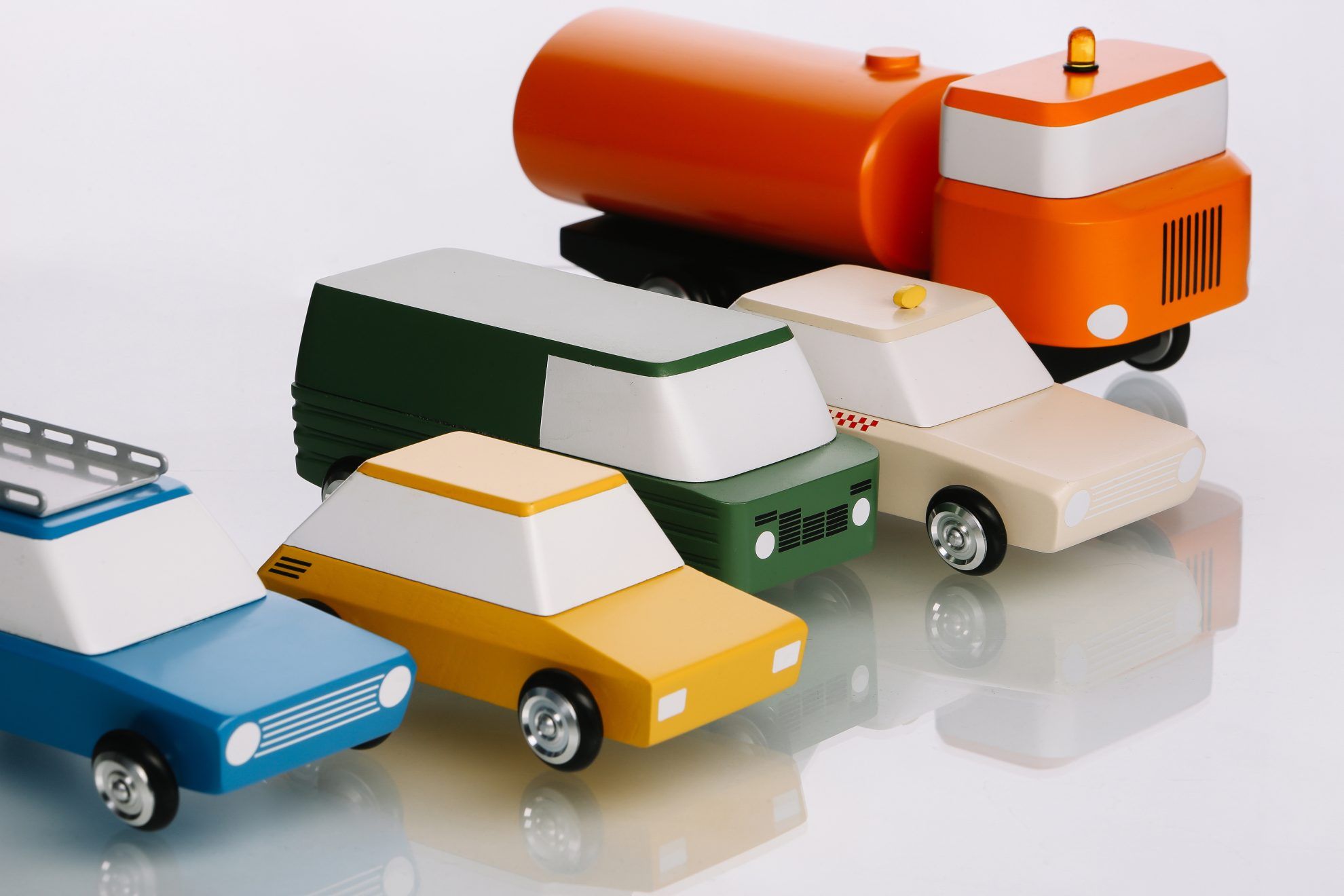
The products ordered will be delivered on December 8 at the earliest.
Photos: Lilla Liszkay

Education and Recreation Center | Marki, Poland

Duvet-inspired collection for times of isolation










